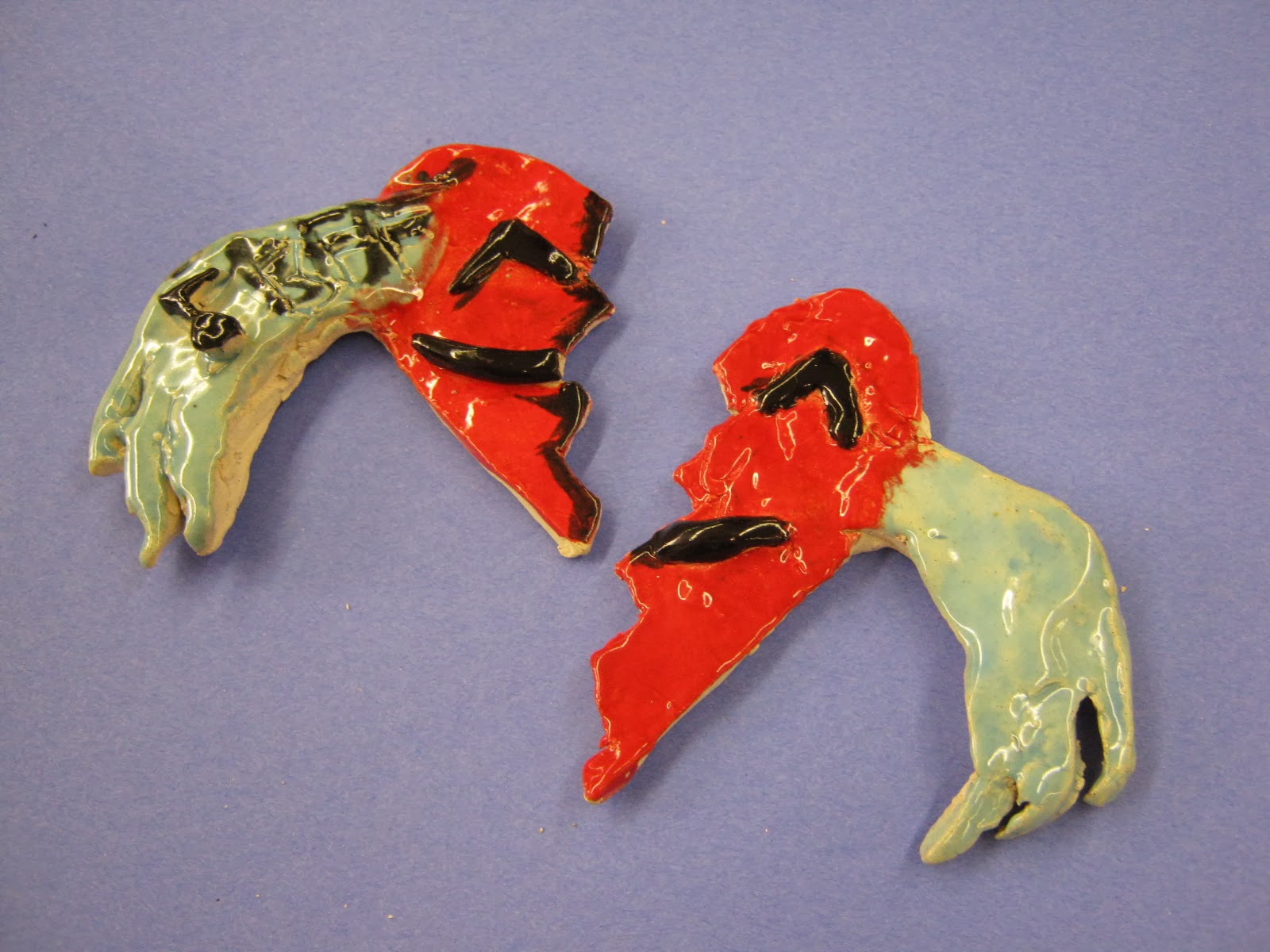The NAEA 2014 convention will be taking place this year in San Diego from March 29-31. This is how I will be spending my time during the NAEA convention this year:
For the first time since 2006, I am missing a national convention. With all the extra responsibilities added on this year having baby #2, it wasn't in the cards. So, as the kindergartener has kindly decorated my view of the convention, I would like to share ways to stay involved with the convention, even from home.
Thanks to the awesome superpowers of social media, live streaming, and online resources, we can keep up with our professional development the best way we can!
#1 Twitter
If you follow #NAEA14 on twitter, you can see all the posts from the many art teachers attending the conference. They will be adding photos, details, and online links to help followers catch a glimpse of what will be happening during the convention. There will even be a "Tweet-Up," where you can see the fellow tweeters in this year's red shirt design "Where in the World is our PLN in San Diego?" Here's one of the awesome shirt designs (thank you to Janine Campbell for the amazing work!):
At last year's "Tweet-Up," we dressed as superheroes for a day! This was a wonderful opportunity to meet other art educators who are active with the #artsed PLN, no matter what social media network you're on.
#2 Live Stream from The Art of Education
The Art of Ed will be in San Diego! Their writing team will be posting the happenings throughout the entire convention. Follow the Live Feed here. A huge thank you to the Art of Ed team for helping many art educators who cannot attend stay up to date with the highlights of the convention!
If you follow on Sunday, March 30th from 11:00-12:00am (1:00CST), AOE will be hosting their "Art Ed Blogger Meet and Greet" at their booth 310. Some of the blogs are listed on the AOE convention page, so if you have any questions for the bloggers attending, click on their blog links on the page to contact them!
#3 Download the NAEA San Diego 2014 App for Your Phone
You can't go to the convention, but did you know that many presenters will have their resources and handouts uploaded in the app? Just go ahead and download it from your app store or google play to view what resources are available!
#4 Instagram
Like Twitter, there will be many instagram followers posting their pictures of the convention. Just use the #NAEAELEM if you are part of the elementary division to follow many photos that will be taken my fellow #artsed member Susan Bivona!
#5 Follow the #NAEA14 Tagboard
NAEA's tagboard is the quickest way to gather all the #NAEA14 tags from different sites. Just go to https://tagboard.com/naea14 to view all the posts and follow what's happening!
If you're staying home this year and you know other ways to stay involved from the comforts of your computer, let me know how you plan on following the convention! And although I'm missing this year, I have my baby sitters lined up for #NAEA15 in New Orleans!
To my #artsed friends, have fun in San Diego!
Oh…and you may see a #Flatheidio floating around! Thank you, Rebecca!!!




















































